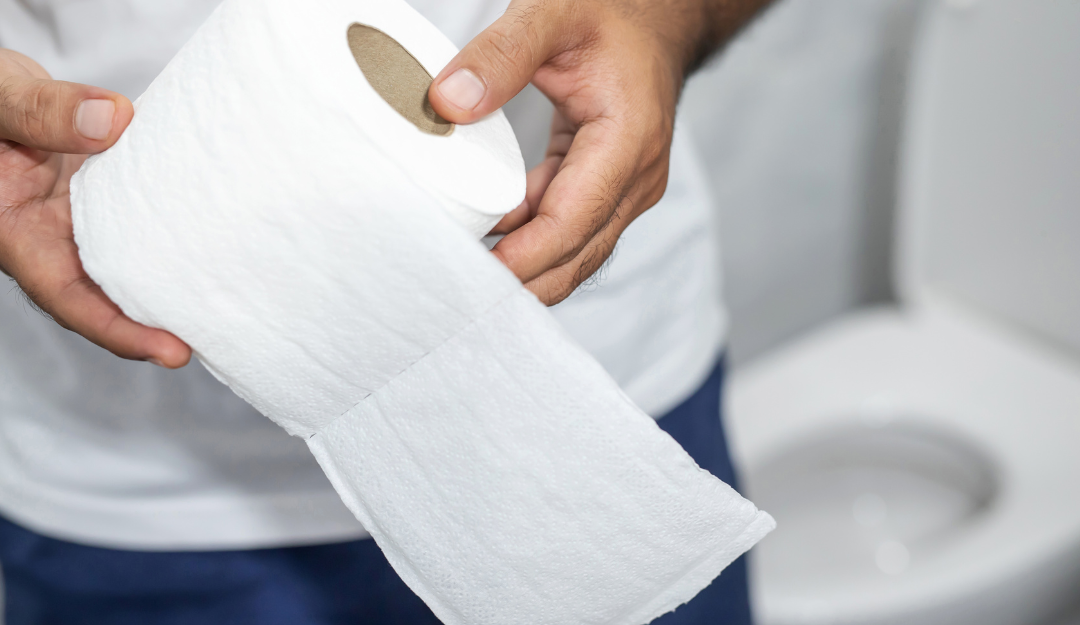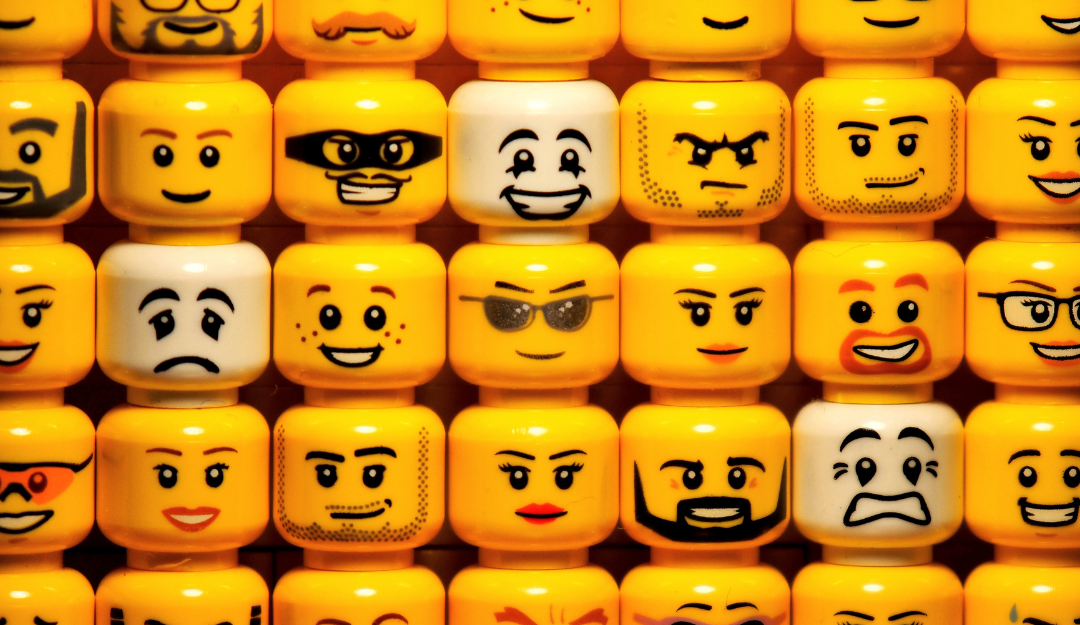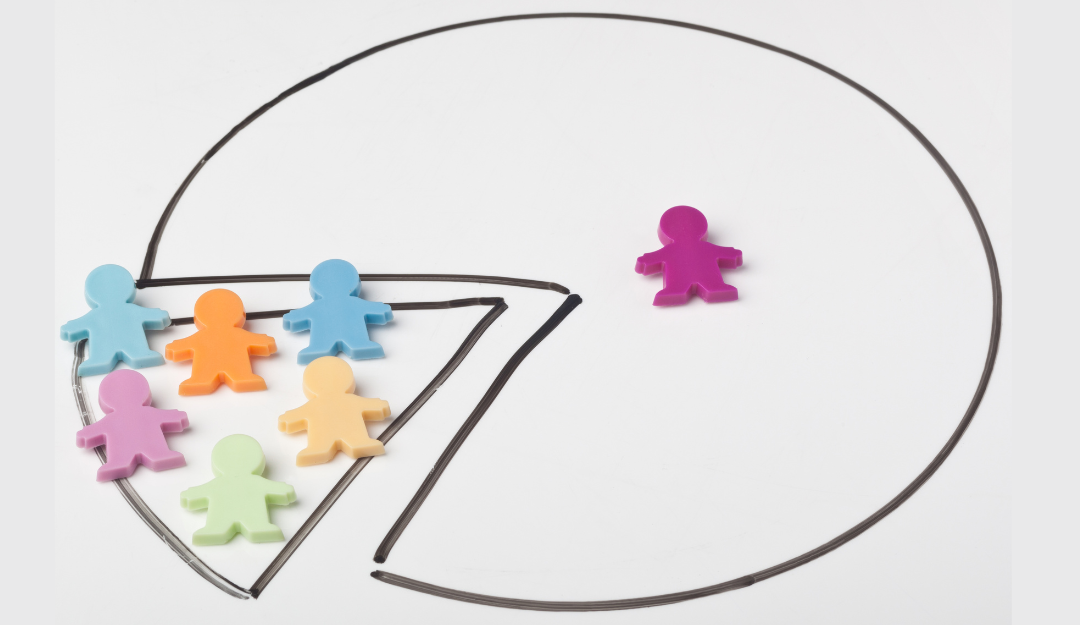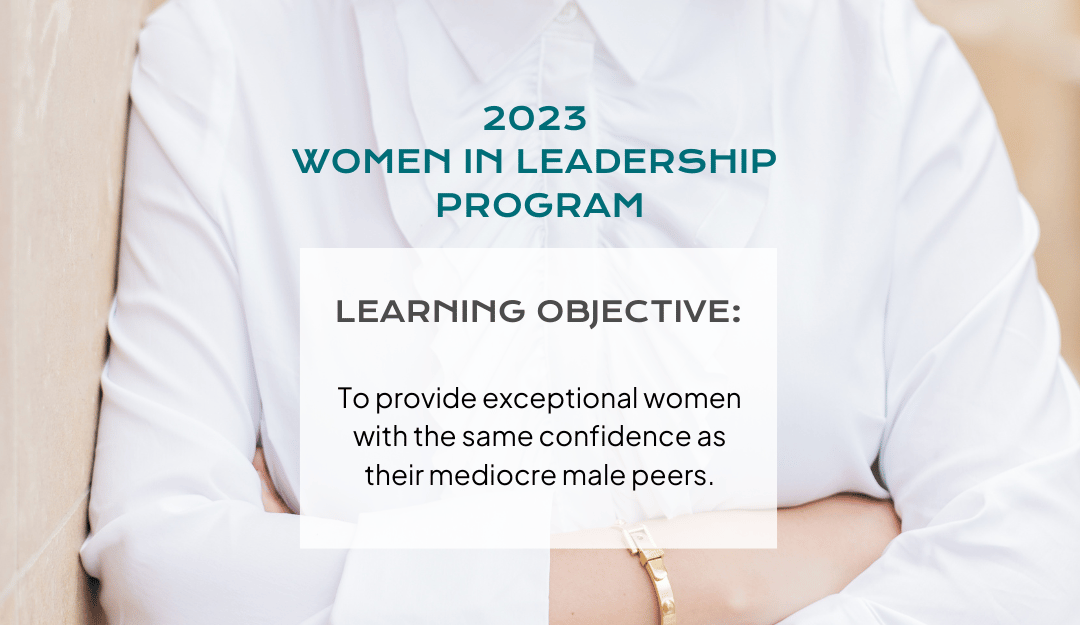
Stop Focusing on Fixing Women
When considering your organisation’s 2023 plans, perhaps ANOTHER Women in Leadership program is not the answer.
The solution to gender diversity problems is not to ‘fix women’ but rather to fix the flawed criteria and crooked systems that continue to impede many women’s access to power.
I find it incredible how organisations can run Women in Leadership programs for years and years, and have generation after generation of women leaders raise the same systemic issues (or in some instances worsening issues).
Yet, these organisations continue to think that the solution is another ‘Women in Leadership’ program.
If you want to consider a better way forward, perhaps consider who else needs to be developed.
Bloke Coaching is a program that helps everyone to understand male privilege, patriarchy and prejudice, and work proactively to address the barriers encountered by women and other genders which perpetuate inequalities.
Maybe it’s time to shake things up.
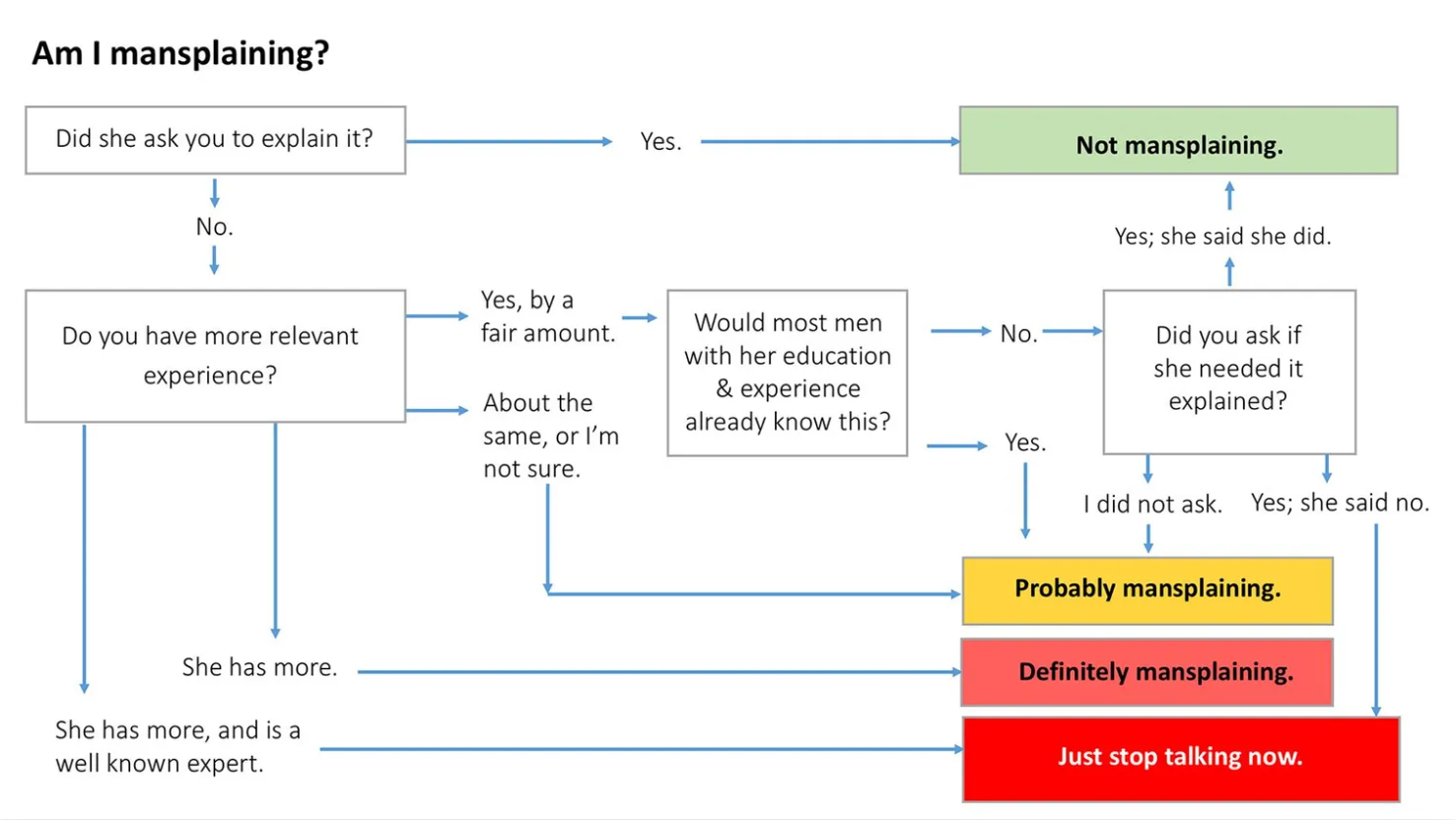
Lesson 3 – What to do mid-mansplain
Always when explaining anything, look out for cues from the other person/people.
👉 High frequency (polite) nodding
👉 Noone is writing anything down; perhaps fiddling with their pen
👉 No further comments or questions; conversation has become a monologue
👉 Uncomfortable silence after you have finished speaking
👉 Pursed lips and ‘biting
👉 You are asking yourself questions and answering them
👉 someone has attempted to interject but you have continued to talk over the top of them
👉 Others avoid direct eye contact with you
👉 Others have begun to look at each other or stare at their notebooks or intensely at your slides.
👉 Others encourage the topic to be changed or attempt a redirect.
If one or more of the above are present, perhaps it’s time to pause and double-check if other people need you to continue.
Perhaps try one of the following:
🔉 “Just checking, do you need me to go into this further?”
🔉 “Just checking, how comfortable are you already with what I’m going into?”
🔉 “Just checking, who would like me to explain this?”
🔉 “Just checking, who else has something to add?”
🔉 “Just checking, do you need this level of detail from me?”
We can all unconsciously (or accidentally) become a mansplainer.
However it’s when we are mid-mansplain, and we choose to ignore the signals other people are sending us and continue our course of action, that we are wholly deserving of the labelling.
We can be better than that.
👇Use the comments to share other signs that would-be-mansplainers should look out for.


